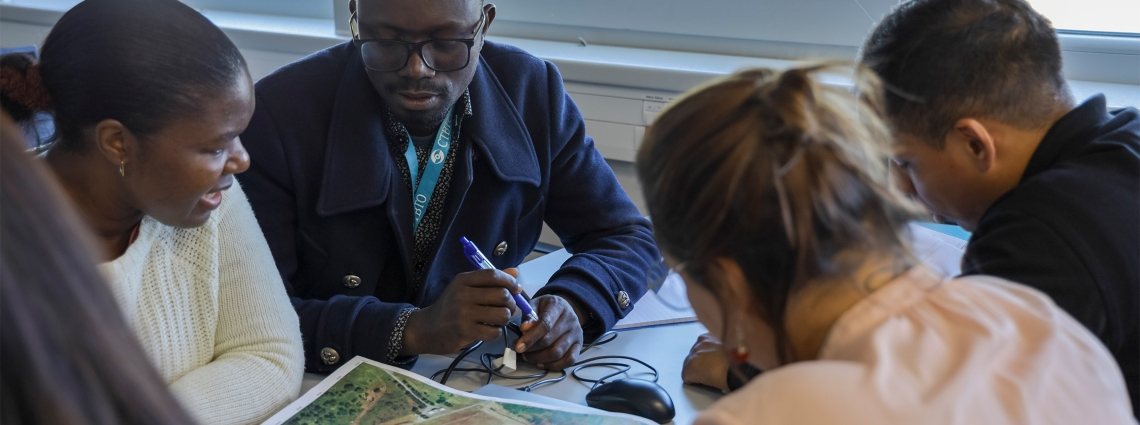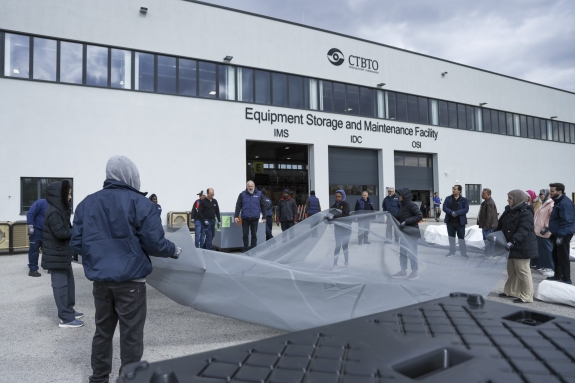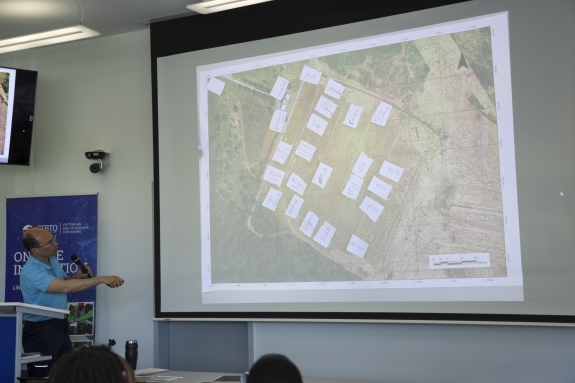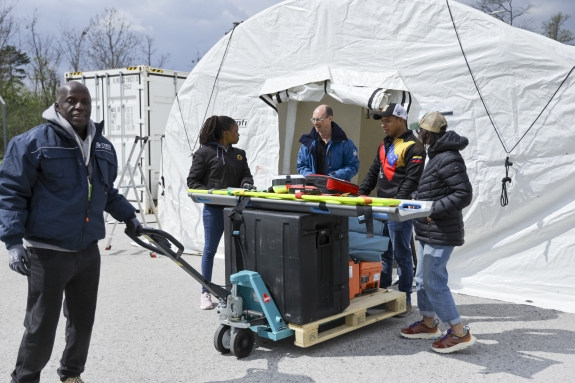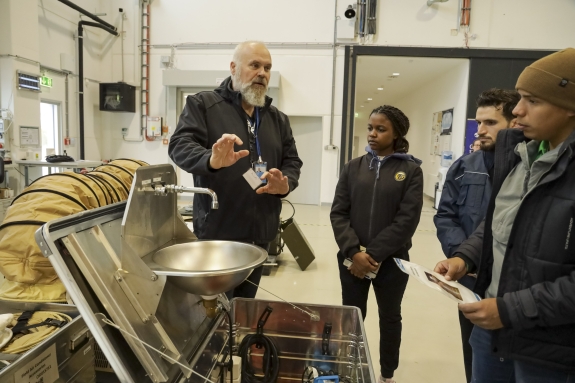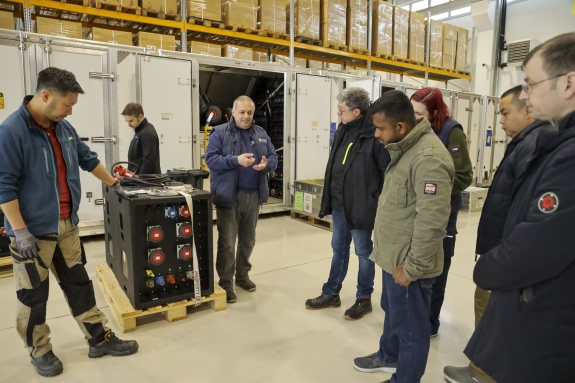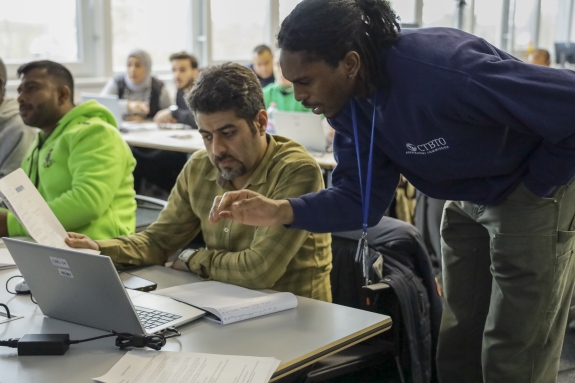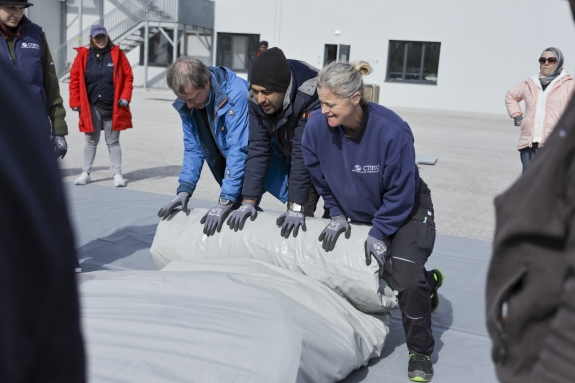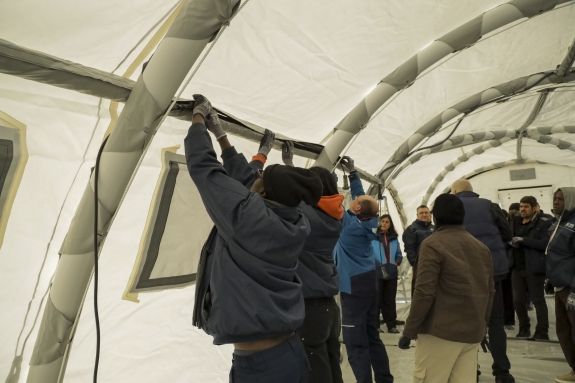Building Self-Sufficiency in On-site Inspection Operations
On-site inspection is the final component of the Comprehensive Nuclear-Test-Ban Treaty (CTBT) verification regime. Once the Treaty enters into force, Member States can request inspections to gather evidence on the ground if the global monitoring system detects a potential nuclear explosion. To ensure surrogate inspectors are fully prepared for these complex operations, specialised training is essential.
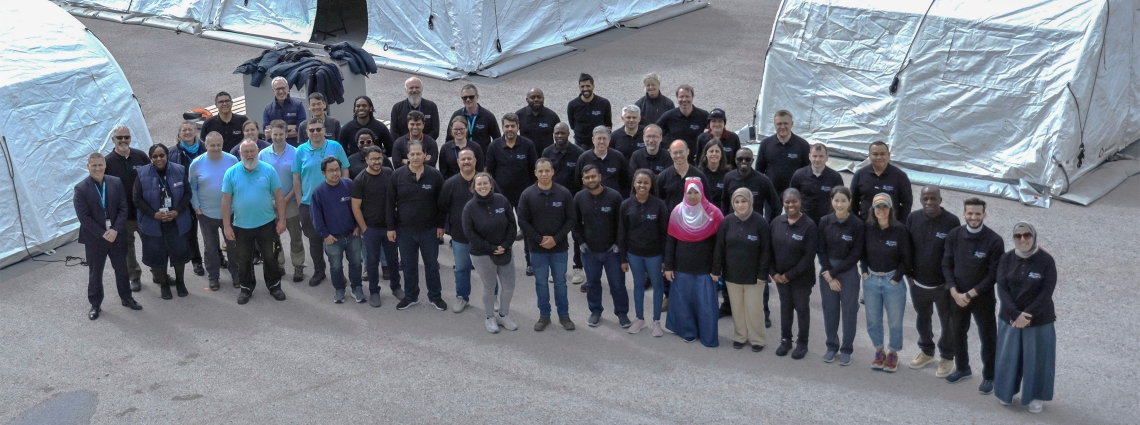
IFOS participants next to partial Base of Operations built during course
From 7 to 11 April 2025, the CTBTO’s On-Site Inspection (OSI) Division delivered the In-Field Operations Support (IFOS) Course at the Technology Support and Training Centre (TeST Centre) in Seibersdorf, Austria. The course welcomed 28 trainees from 18 Member States, supported by four external facilitators and OSI Division staff.
Conducted under the Linear Training Programme (LTP), the IFOS Course is a key part of the Introductory Block and aims to enhance operational self-sufficiency across all stages of an on-site inspection—particularly during preparation and demobilisation.
Blended Learning and Hands-on Experience
The IFOS course combined self-paced online learning with immersive, in-person training exercises. Prior to arriving in Seibersdorf, trainees completed mandatory e-learning modules and a pre-course assessment via the OSI Training Learning Management System (LMS). This ensured a consistent foundational knowledge base among participants.
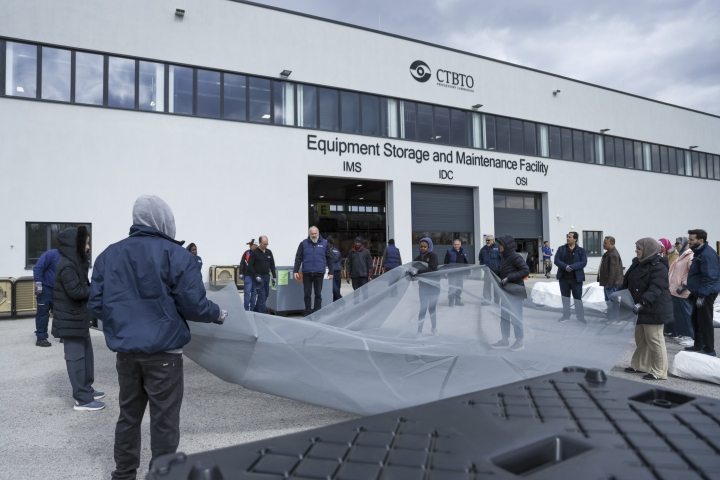
Trainees starting construction of high-pressure tent
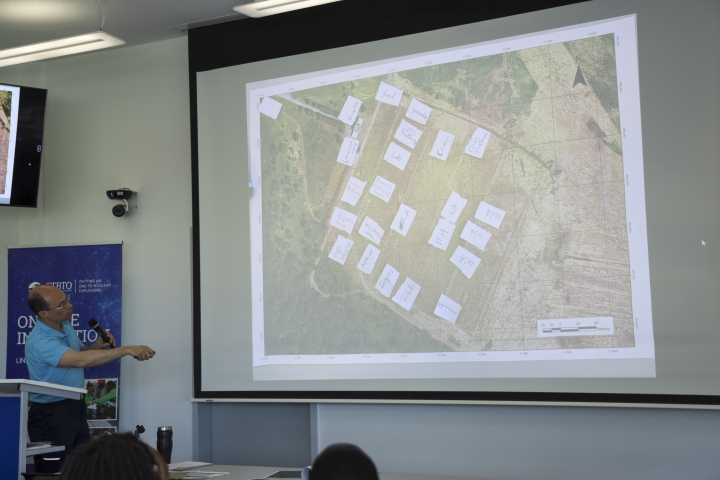
Analysing Base of Operations layout plan
One of the highlights of the course was a series of hands-on exercises involving the constructions of a partial Base of Operations (BoO). This included the assembly of working tents, medical facilities, a communications tent, and a partial radionuclide laboratory—all integrated with power and climate control systems to simulate real OSI conditions.
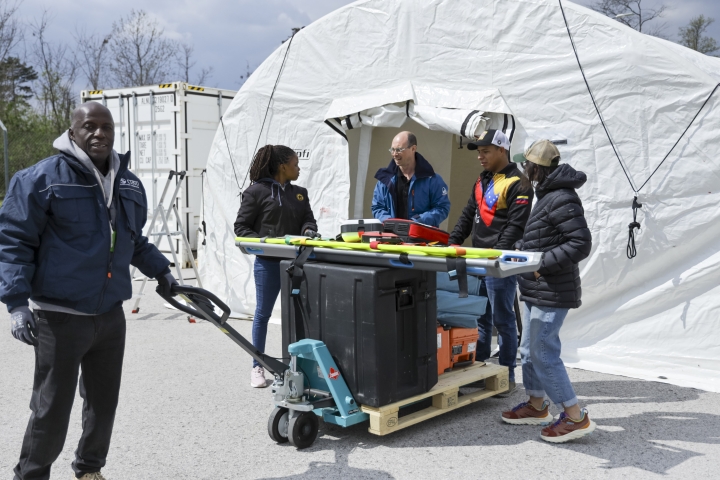
Participants with equipment for Medical Tent
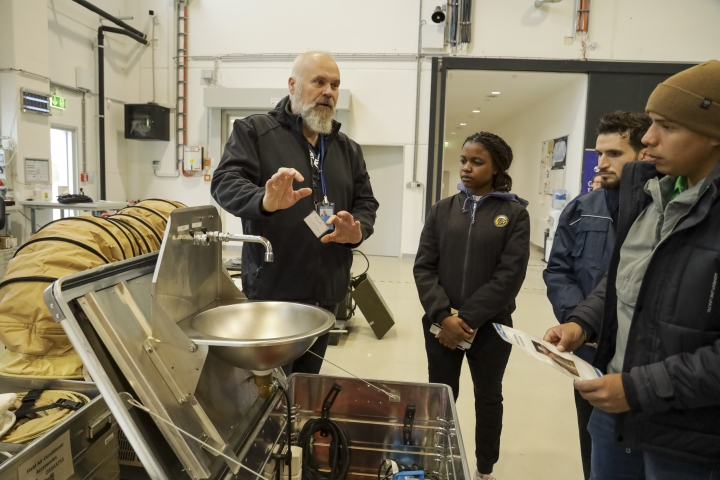
Overview of sustainment equipment during station rotation
Trainees also engaged in scenario-based exercises simulating BoO layout planning using geographic information system (GIS) tools. These exercises challenged participants to apply their planning and coordination skills in a simulated operational environment.
Looking Ahead
One trainee reflected on how "the IFOS course was an outstanding opportunity to bridge theory and practice. Building up the BoO infrastructure in teams gave us a real appreciation for the coordination and resilience required in OSI field operations."
The next step in the Linear Training Programme is the Visual Observation and Radionuclide Techniques (VOB-RN) Course, which will complete the cross-cutting training phase of the Introductory Block. Trainees will then move into the Advanced Block, focusing on inspection team functionality, search logic, and specialised Treaty-permitted techniques.
8 May 2025

Trainees providing feedback during course debriefing
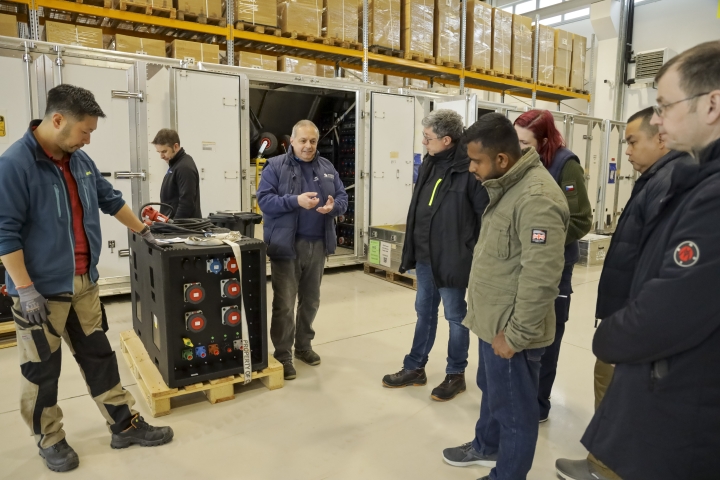
Participants learning about power distribution requirements during station rotation
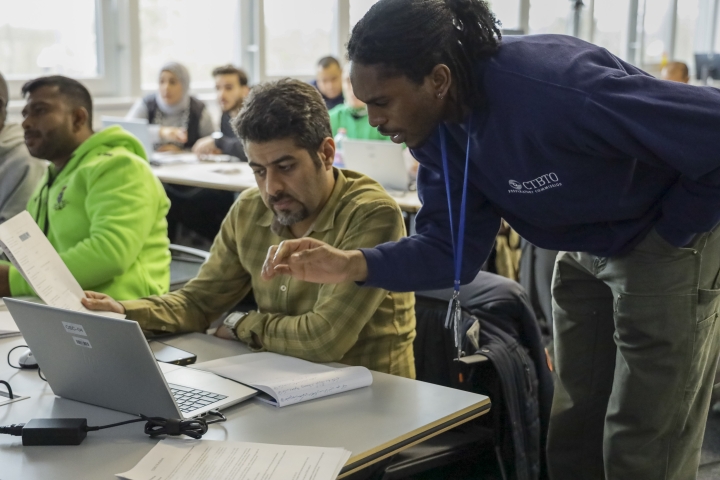
Hands-on training on Equipment and Instrumentation Management System for OSI (EIMO)
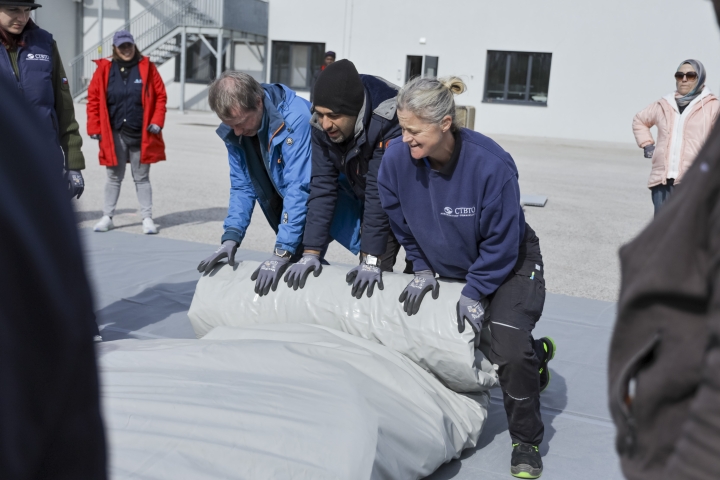
Participants learning how to systematically decommission Base of Operations
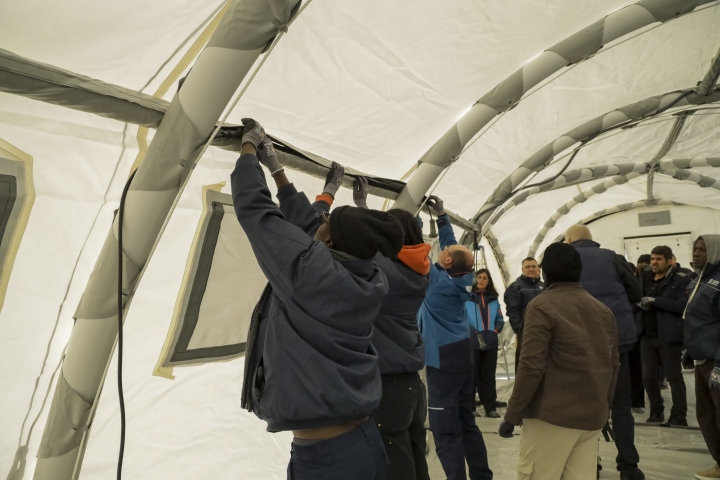
Installing power cables in one of tents of Base of Operations
